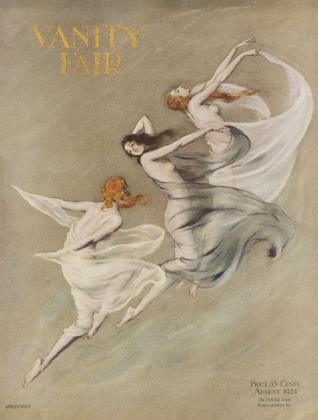Sign In to Your Account
Subscribers have complete access to the archive.
Sign In Not a Subscriber?Join NowThus Far the Most Successful Attempt to "Make an Honest Woman Out of Jazz"
August 1924 Samuel Chotzinoff View Full Issue
View Full Issue






Subscribers have complete access to the archive.
Sign In Not a Subscriber?Join Now